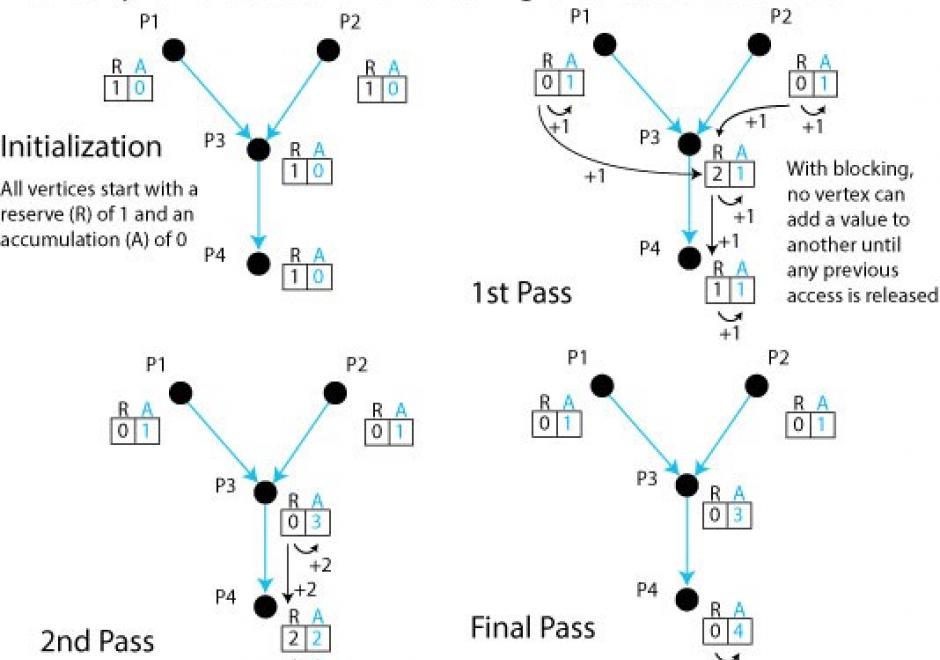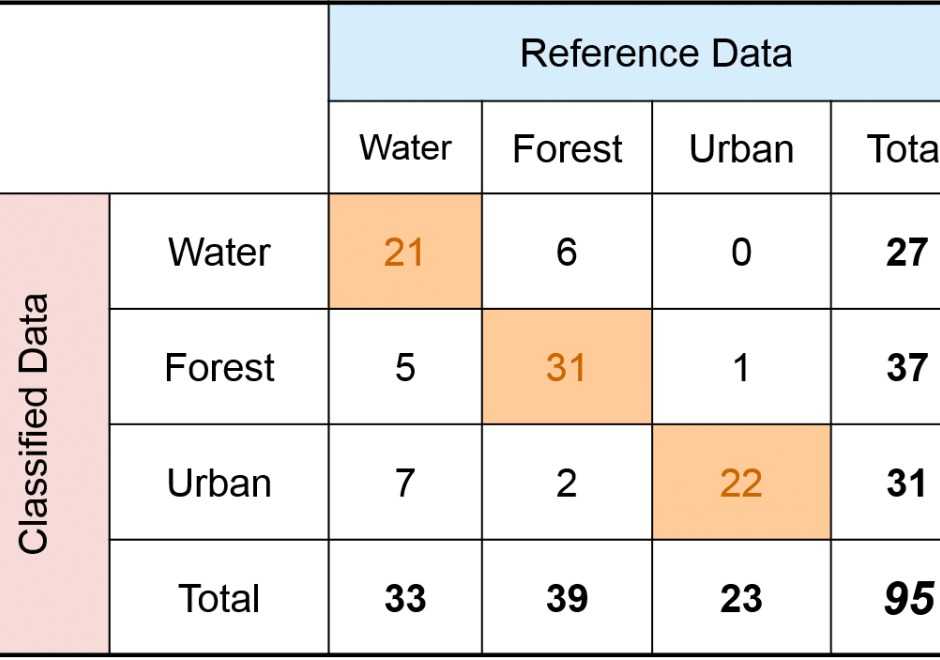CP-23 - Google Earth Engine

Google Earth Engine (GEE) is a cloud-based platform for planetary scale geospatial data analysis and communication. By placing more than 17 petabytes of earth science data and the tools needed to access, filter, perform, and export analyses in the same easy to use application, users are able to explore and scale up analyses in both space and time without any of the hassles traditionally encountered with big data analysis. Constant development and refinement have propelled GEE into one of the most advanced and accessible cloud-based geospatial analysis platforms available, and the near real time data ingestion and interface flexibility means users can go from observation to presentation in a single window.




DC-03 - Global Positioning System